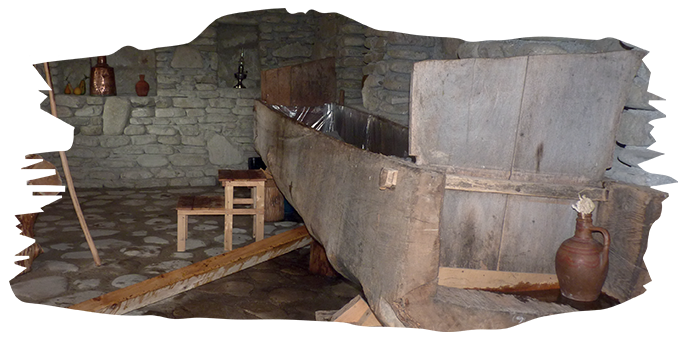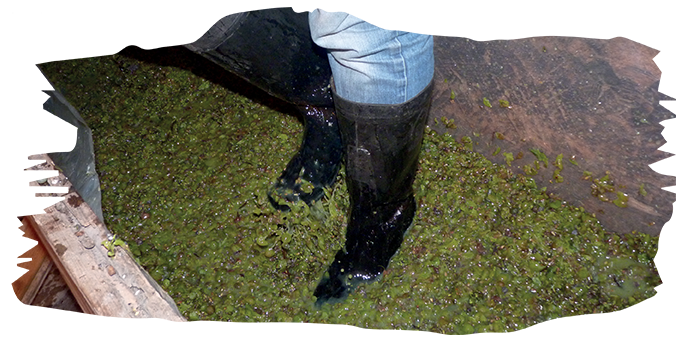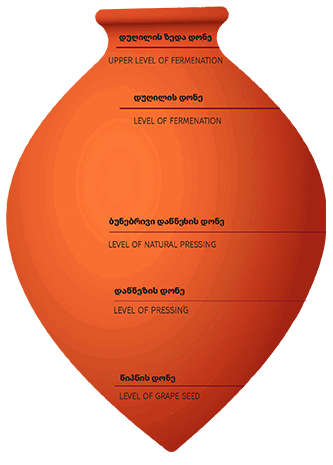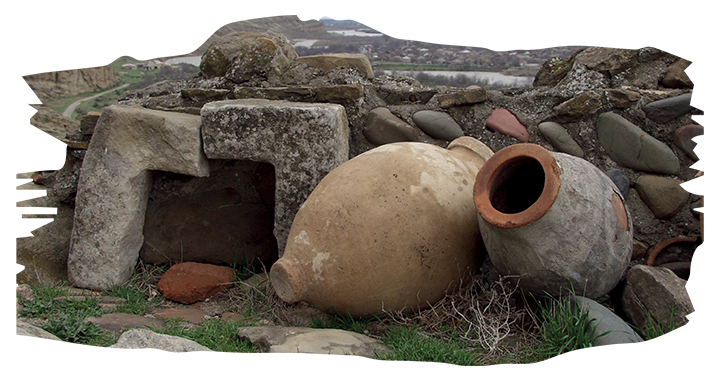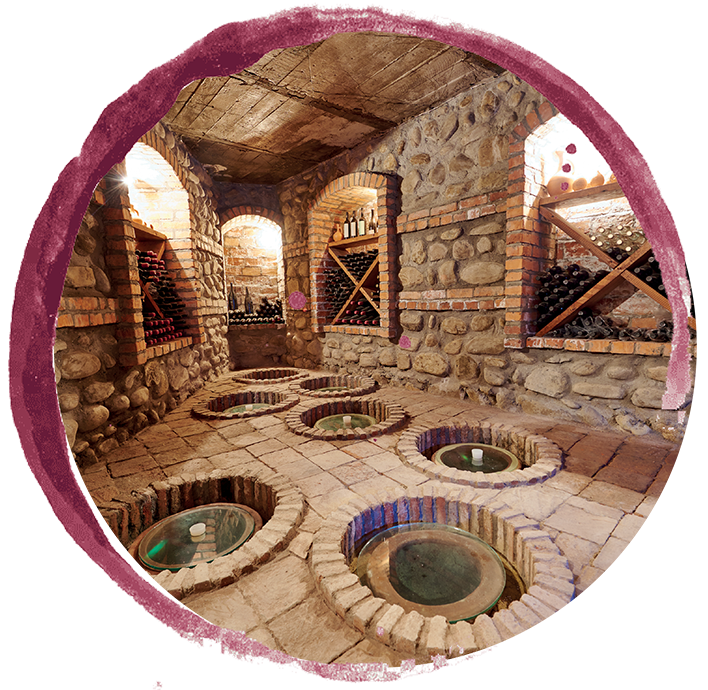Georgia has the oldest wine tradition in the world
Ancient tartaric acid was discovered here and cultivated vines were first grown here, according to an article published in the Journal of the National Academy of Sciences of the United States of America on November 13, 2017. "Early Neolithic wine of Georgia in the South Caucasus".https://www.pnas.org/doi/10.1073/pnas.1714728114 which is dedicated to this discovery and everything is described in detail in it.
Of the original 525 grape varieties in Georgia, 437 are still grown, however, very few people know that the ancient traditions of winemaking are still alive in almost every family in Georgia and we still continue to make wine in the ancestral tradition.
According to the Georgian tradition, when a warrior went to war, he carried a branch of a vine with him so that after his death a vine would sprout as a new life. During the invasions, the enemy destroyed everything and did not even want the vineyards, because for us, wine is associated with our faith and the blood of Jesus, so our ancestors tried their best to Neither wine nor faith was lost.


